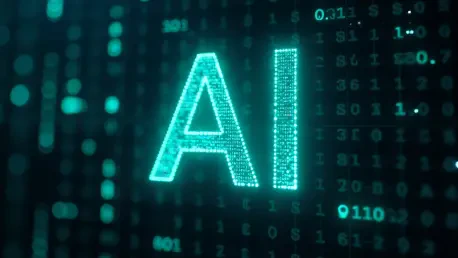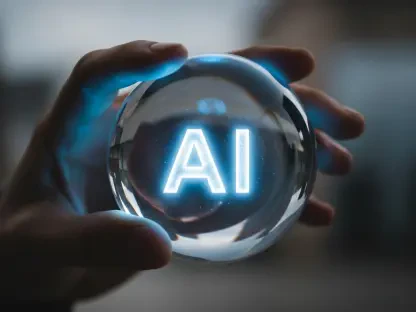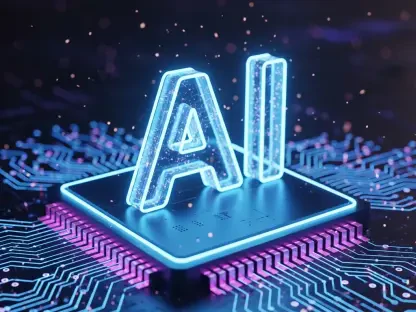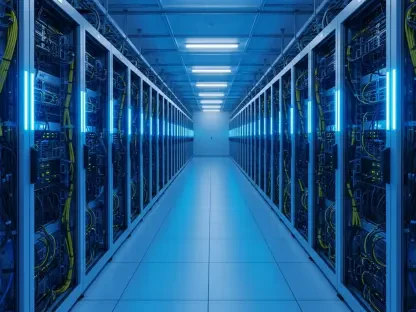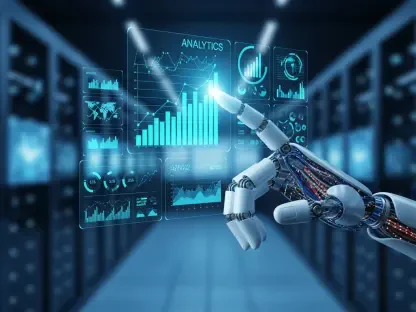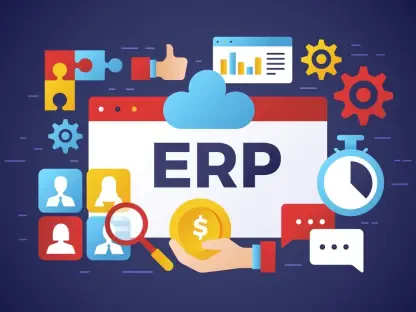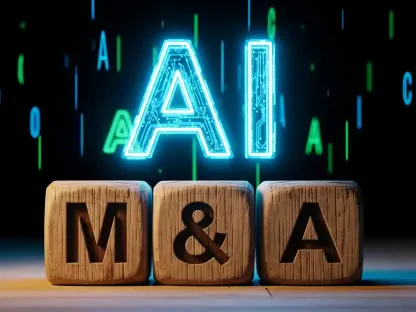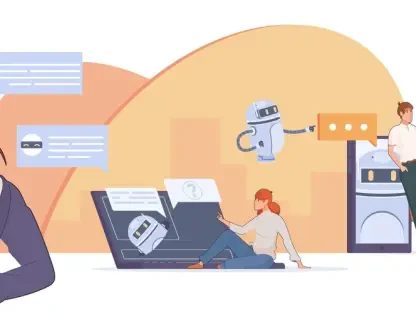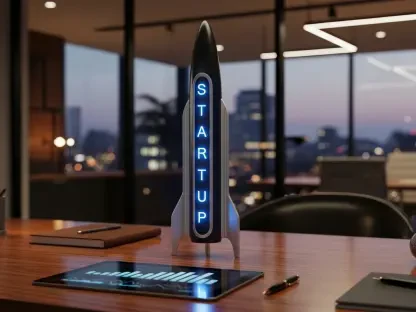I’m thrilled to sit down with Vijay Raina, a renowned expert in enterprise SaaS technology and a thought leader in software design and architecture. With his deep understanding of how artificial intelligence is reshaping the software development landscape, Vijay offers invaluable insights into the trends, tools, and transformations defining the industry in 2025. In our conversation, we explore how AI is revolutionizing developers’ daily workflows, the importance of viewing AI as a collaborative partner, and the shift toward high-value contributions in coding. We also dive into emerging trends, the critical need for ethics and security in AI integration, and the strategies developers must adopt to keep pace with rapid change.
How has AI transformed the daily routines of software developers in 2025?
AI has completely changed the game for developers. Tasks like writing boilerplate code, debugging, and even running initial tests are now often handled by AI tools. This automation frees up a ton of time that we used to spend on repetitive grunt work. Beyond that, the speed of projects has skyrocketed—coding cycles that once took weeks can now be completed in days, thanks to AI’s ability to churn out snippets and suggest optimizations on the fly. It’s not just about working faster; it’s about working smarter.
In what ways do you see AI acting as a collaborative partner in software development?
I think of AI as a teammate that never sleeps. It’s there to brainstorm code solutions, catch errors before I do, and even suggest alternative approaches I might not have considered. For example, tools like coding assistants have helped my team cut down on mundane tasks, letting us focus on the bigger picture. But it’s a balance—you can’t just lean on AI and call it a day. I make sure to dive into the logic behind its suggestions to keep my own skills sharp and ensure the output aligns with our goals.
With AI taking over routine tasks, how are developers redirecting their focus to more impactful work?
That’s the exciting part. With AI handling the repetitive stuff, we’re spending more time on strategic thinking—things like designing robust architectures or crafting intuitive user experiences. In my recent projects, this shift has led to deeper investments in system integration and creating seamless interactions for end users. It’s about innovating rather than just maintaining, and that’s where the real value lies for developers today.
What emerging AI trends in software development are you most enthusiastic about for 2025?
I’m really pumped about multimodal AI, which can process text, images, and video all at once. It’s opening up possibilities for building richer, more interactive applications—think of apps that can interpret visual data as easily as text inputs. I’m also intrigued by how AI is merging with technologies like IoT. Imagine smart devices powered by AI that can predict user needs in real time. That kind of synergy could redefine entire industries, and I can’t wait to see where it takes us.
Why is upskilling in AI ethics and security so crucial for developers right now?
As AI becomes more embedded in our work, we can’t ignore the ethical implications or security risks. My team and I have made it a priority to educate ourselves on avoiding biases in AI models—whether it’s through workshops or staying updated on best practices. On the security front, we’re constantly evaluating how AI integrations could expose vulnerabilities and working on transparency to ensure decisions are explainable. It’s about building trust, both with users and within our own processes.
How do you approach experimenting with new AI tools and methods in your development projects?
Experimentation is everything in this field. I’ve dabbled with on-premise AI deployments to tailor solutions for specific needs, and the flexibility has been a game-changer compared to one-size-fits-all cloud models. My rule of thumb is to test tools that solve real pain points for my team. If a new AI trend or open-source model shows promise for boosting productivity or creativity, we’ll prototype it in a low-risk environment before scaling up. It’s all about calculated risks.
What strategies do you recommend for developers to stay adaptable in this fast-moving, AI-driven landscape?
Staying adaptable means committing to lifelong learning. I carve out time to read up on the latest AI advancements, attend webinars, and tinker with new tools hands-on. Community discussions on social platforms are also gold for picking up fresh ideas. As for broader shifts, I think no-code platforms and hyper-automation are going to democratize development even further. My advice is to embrace change—don’t fight it. The more agile you are, the more you’ll thrive.
What is your forecast for the future of AI in software development over the next few years?
I believe we’re just scratching the surface of what AI can do in this space. Over the next few years, I expect AI to become even more autonomous, handling entire workflows with minimal human input while still leaving room for creative oversight. We’ll likely see tighter integrations with emerging fields like blockchain for secure app ecosystems and IoT for smarter environments. My forecast is optimistic—AI will empower developers to push boundaries in ways we can’t fully imagine yet, but only if we stay proactive about ethics and adaptability.
